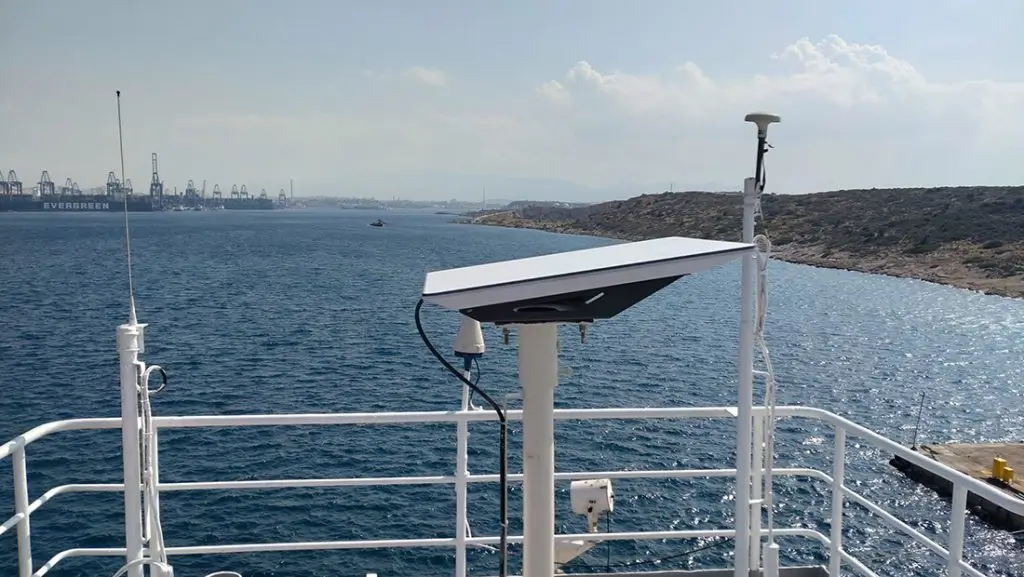
The evolution of satellite internet has reached a significant milestone with the introduction of Starlink by SpaceX. This satellite internet service has revolutionized connectivity, particularly in remote and underserved regions. Among its most exciting applications is its use in maritime environments, where reliable internet connectivity has historically been a challenge. This article delves into the intricacies of Starlink Maritime installations, focusing on the expertise of Starlink Installation Pros, especially in custom mounting solutions. We’ll explore the technical details, benefits, and considerations unique to maritime installations and provide answers to common questions about Starlink Maritime.
The Need for Reliable Maritime Internet
Maritime environments present unique challenges for internet connectivity. Ships, yachts, and other sea vessels often travel far from terrestrial cell towers and traditional broadband infrastructure, leaving them dependent on satellite communications. Traditional satellite internet services, however, have been plagued by high costs, slow speeds, and latency issues.
Starlink Maritime addresses these problems with its constellation of low Earth orbit (LEO) satellites, providing high-speed internet with low latency. This makes it an ideal solution for maritime applications, offering robust connectivity for navigation, weather updates, entertainment, and communication.
Starlink Maritime Technology Overview
Satellite Constellation
Starlink Maritime operates with a large constellation of small satellites orbiting closer to Earth than traditional satellites. This proximity reduces latency, making the service suitable for real-time applications like video calls and online gaming.
Ground Stations and User Terminals
The system includes ground stations that communicate with the satellites and user terminals (dishes) that receive and transmit data to and from the satellites. The user terminals are compact and designed for easy installation, making them suitable for the limited space available on maritime vessels.
Performance
Starlink Maritime offers impressive speeds, ranging from 50 Mbps to 150 Mbps, with latency as low as 20 ms. These performance metrics are a game-changer for maritime environments, where internet service has typically been slow and unreliable.
Custom Mounting Solutions for Maritime Vessels
Importance of Professional Installation
Installing Starlink Maritime on a vessel requires expertise to ensure optimal performance. Marine environments are harsh, with constant movement, exposure to saltwater, and extreme weather conditions. Professional installers, like Starlink Installation Pros, are equipped to handle these challenges, offering custom mounting solutions that secure the equipment and maintain signal integrity.
Mounting Techniques
- Gimbal Mounts: These are essential for keeping the satellite dish stable and correctly oriented towards the sky, compensating for the pitch and roll of the vessel.
- Pole Mounts: Installed at strategic points on the vessel, such as the mast or deck, these mounts elevate the dish to reduce obstructions and ensure a clear line of sight to the sky.
- Weatherproofing: The installation must include measures to protect the equipment from the corrosive maritime environment, such as using corrosion-resistant materials and sealing connections against moisture intrusion.
Power and Connectivity
Maritime vessels require robust power systems to support Starlink Maritime installations. This includes integrating the user terminal with the vessel’s electrical system and ensuring backup power solutions are in place to maintain connectivity during power outages.
Benefits of Starlink Maritime
Enhanced Communication
Reliable internet enables better communication between vessels and shore-based operations. This is crucial for logistics, safety, and coordinating activities.
Real-Time Data Access
Starlink Maritime allows for real-time access to weather data, navigation updates, and other critical information, enhancing the safety and efficiency of maritime operations.
Improved Quality of Life
For those living or working on maritime vessels, access to high-speed internet improves the quality of life by enabling video calls with loved ones, streaming entertainment, and online education.
Cost-Effective Solution
Compared to traditional maritime satellite internet services, Starlink Maritime is more affordable and offers better performance, making it a cost-effective solution for both commercial and private vessels.
Considerations for Maritime Installations
Coverage
While Starlink Maritime is expanding its coverage, it’s essential to check the availability in the areas where the vessel will operate. Starlink’s coverage maps provide a good indication of current and upcoming service areas.
Equipment Durability
Maritime environments are tough on equipment. Ensuring that the Starlink Maritime user terminal and mounts are durable and resistant to saltwater corrosion is crucial for long-term reliability.
Regulatory Compliance
Different regions have varying regulations regarding satellite communications on maritime vessels. It’s important to ensure that the installation complies with local regulations to avoid legal issues.
Maintenance
Regular maintenance is necessary to ensure the continued performance of the Starlink Maritime system. This includes checking mounts, cleaning the dish, and inspecting connections for signs of wear or damage.
Conclusion
Starlink Maritime is transforming internet connectivity for maritime environments, offering a high-speed, low-latency solution that is more reliable and affordable than traditional options. With professional installation and custom mounting solutions provided by Starlink Installation Pros, vessels can enjoy the benefits of seamless internet connectivity, enhancing communication, safety, and quality of life on the water.
FAQs
1. How does Starlink Maritime compare to traditional maritime satellite internet services?
Starlink Maritime offers significantly higher speeds and lower latency compared to traditional maritime satellite internet services, at a lower cost. This makes it a more effective and affordable solution for maritime environments.
2. Can Starlink Maritime be used on all types of marine vessels?
Yes, Starlink Maritime can be installed on various types of marine vessels, including yachts, commercial ships, and fishing boats. Custom mounting solutions ensure that the equipment is securely installed and performs optimally.
3. What are the power requirements for Starlink Maritime on a vessel?
The Starlink Maritime user terminal requires a stable power source, typically provided by the vessel’s electrical system. Backup power solutions are recommended to maintain connectivity during power outages.
4. Is Starlink Maritime available worldwide for marine use?
Starlink Maritime is rapidly expanding its coverage, but availability can vary. It’s important to check current coverage maps and service updates to ensure availability in the intended operating areas.
5. What kind of maintenance is required for Starlink Maritime installations on vessels?
Regular maintenance includes checking and cleaning the dish, inspecting mounts and connections for corrosion or damage, and ensuring that the system remains weatherproof. Professional installers can provide ongoing maintenance services to ensure optimal performance.


